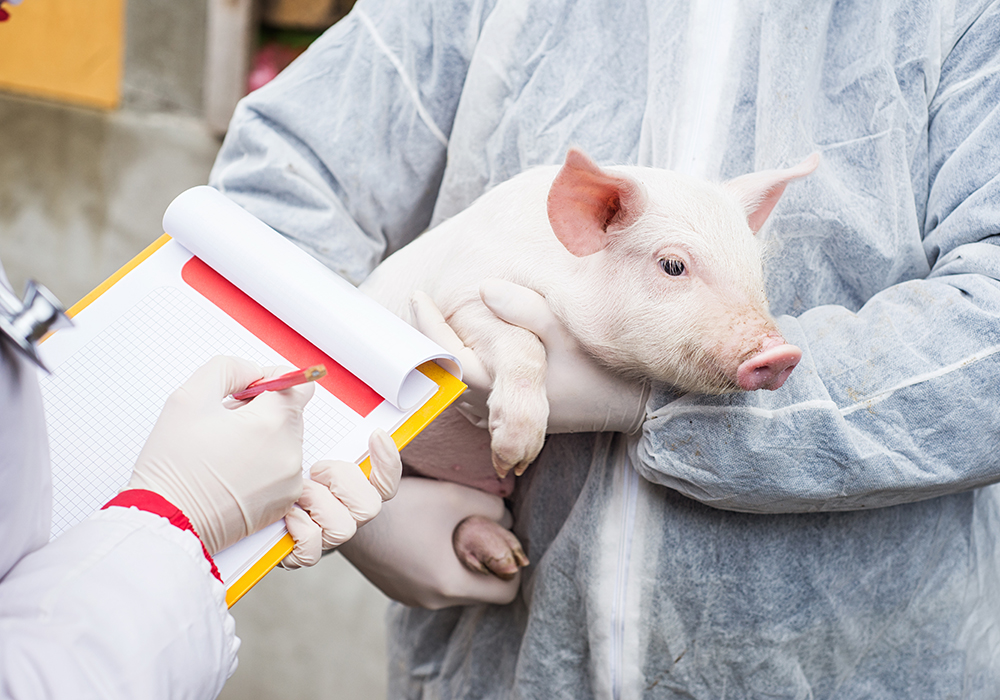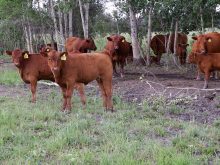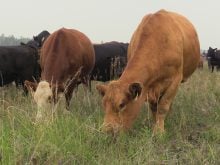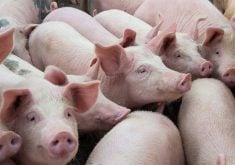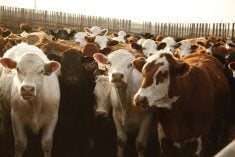Farm researchers and other innovators are adjusting to a new reality of federal funding being tied to greenhouse gas reductions.
To get full funding, or maybe any at all, some agricultural industries need to be investigating GHG reduction or they won’t get full federal science dollars for approved projects. Researchers won’t be able to get 70 percent of their costs covered by federal dollars if they don’t qualify. Industry provides the remainder of the money.
Hog producers were thinking about that at a fall district meeting in Niverville, Man.
Read Also
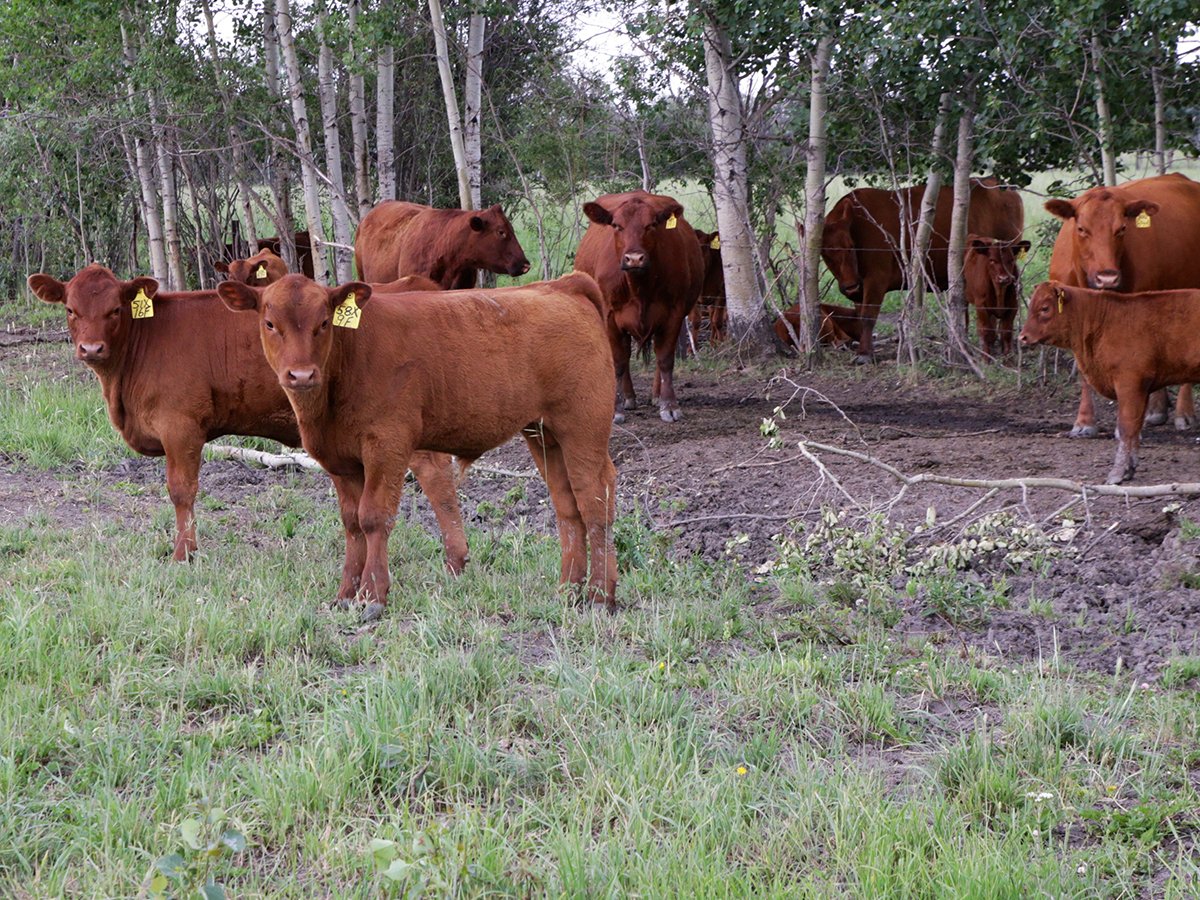
Feeder market continues the climb
For the week ending Aug. 30, Western Canadian feeder cattle markets traded $4-8 per hundredweight higher on average.
“Only projects that deal with environment or (have a) carbon reduction focus will have that 70-30 funding formula,” Grant Melnychuk, Manitoba Pork manager of sustainable development, told farmers.
“All other research, be it nutrition or animal health (or anything else) will be at the 50-50 formula. That’s a significant change.”
More than that, fewer projects not focused on GHG reduction will get any funding at all, according to Melnychuk. The federal government has informed Canada’s hog research co-ordinating agency that 30-40 percent of its research grants will be required to be about GHG reduction for the next five years.
The same dynamics are hitting other research, such as the Living Labs projects being conducted in a number of provinces. For the next few years, new funded projects will need to have GHG reduction components or they are unlikely to receive federal funding, farmers were told at a Living Labs tour in southern Manitoba this autumn.
For Manitoba’s first years in the program, the federal funding was available for anything that could improve environmental management and simultaneous production improvements on farms. Those have included water retention structures to mitigate flooding and relieve drought. Now, emissions reductions will be central.
That’s already the case for the provinces who joined the program later than Manitoba. Field research is focused on studying and reducing emissions in field-scale situations.
For the national hog industry, the new federal emphasis on GHG reduction has already hit researchers. When the call went out for national research projects to put forward for funding, the GHG requirement wasn’t stitched into the details.
“Not many of them… dealt with environmental research,” said Melnychuk. After the federal government made it clear that most approved funding from now on would need to be about GHGs, Swine Innovation Porc (the national agency co-ordinating pig research) had to go back to researchers and solicit new proposals.
That appears to be working out OK, with a nationwide set of projects coming forward that should meet the federal criteria. Those will probably be able to look at benchmarking and best management practices in hog production and look at issues like how to reduce energy and water consumption, how to improve manure management and how to improve feed conversion, Melnychuk said.
— WHITE


